Ten simply magnificent photographs of Pashley Manor, Britain's greatest tulip festival
Every year, Pashley Manor's stunning tulip festival attracts people from across the world to enjoy these beautiful blooms in a perfect English country setting. We've picked out some wonderful images from the festival, while Jacky Hobbs describes some of the history and his favourite varieties.

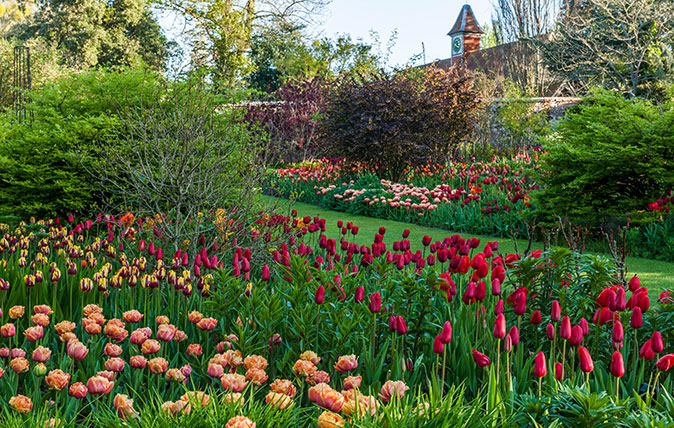
Exploring the gardens of 16th-century Pashley Manor at tulip time creates a rollercoaster of emotions. You may find yourself inspired to order vibrant reds and fiery oranges for your own garden next year, before plumping, instead, for more romantic, feminine flurries of pinks and lilac.
James and Angela Sellick have more than 20 years’ experience in the art of tulip planting, although much has changed since they hastily hosted their first festival, in 1994.
The Sellicks began renovating their neglected, overgrown garden in 1981. There were rewarding revelations: groves of old and beautiful rhododendrons as well as ancient trees, including a majestic oak, carbon-dated to 1580, which roughly corresponds with the building of the present house, in 1550.
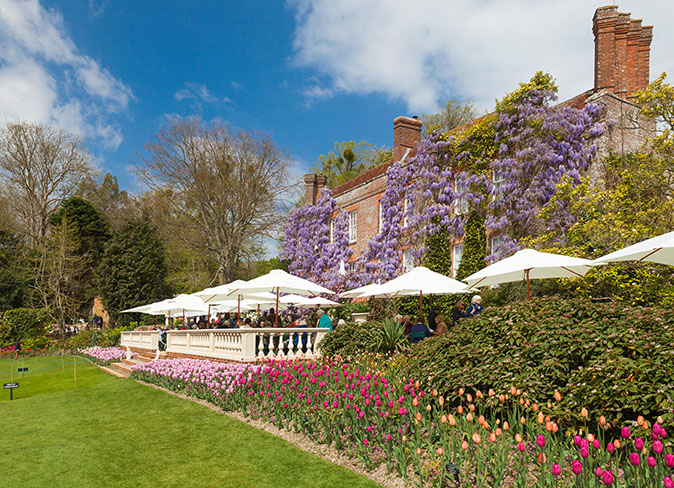
There were also disappointments, however: a gloomy forest of would-be Christmas trees blocked views to the east (many were fortuitously erased in the hurricane of 1987) and a series of silted-up lakes muddied the main vista.
The moat and pools were made fluid once more and the garden, freed from the stranglehold of plant debris, evolved with the help of an eminent landscape architect, the late Anthony du Gard Pasley. By 1992, it merited public opening.
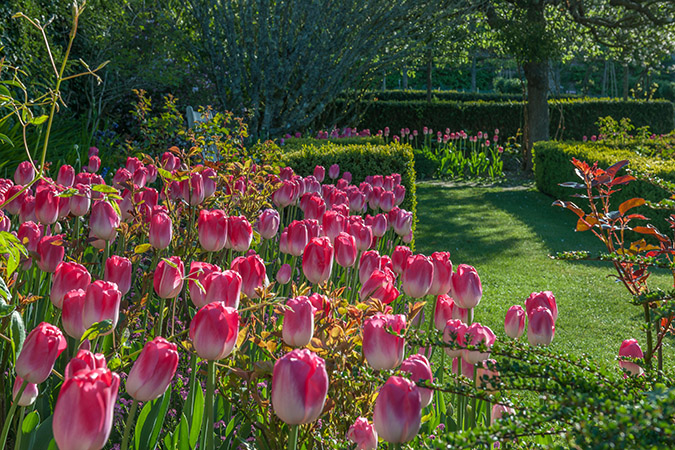
Mr and Mrs Sellick’s friend, the art dealer William Drummond, had acquired a number of early watercolours by Gertrude Jekyll, which she had painted between the ages of 8 and 18. In 1993, Pashley exhibited a selection of them, an event that introduced the press and art world to the manor.
The event was such a success, it whetted the appetite for bigger things and, in February 1994, the late Anne Campbell Dixon, of the Daily Telegraph, encouraged the Sellicks to host a tulip festival to celebrate 400 years since the tulip arrived in Europe.
Exquisite houses, the beauty of Nature, and how to get the most from your life, straight to your inbox.
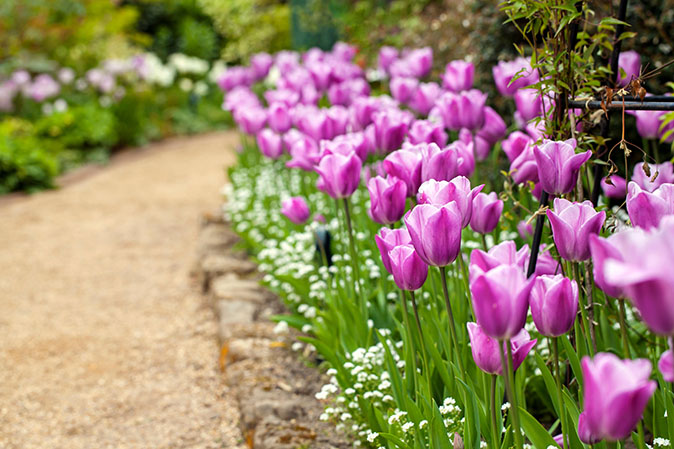
‘Without a single tulip and with just two months to go, we resorted to importing hundreds of ready-potted bulbs from Holland,’ recalls Mr Sellick. Recognising that the flowers alone would not draw crowds, Mrs Campbell Dixon suggested the Sellicks seek out a range of tulip-related antiques.
Together, they created a unique and acclaimed tulip exhibition, beginning Pashley’s annual spring extravaganza.

When Mr Sellick met tulip expert, Ronald Blom, at Chelsea Flower Show in the mid 1990s, an enduring partnership was formed. Today, some 40,000 tulip bulbs are planted for the festival, representing more than 112 different cultivars. To do this, Bloms effectively empty their season’s coffers and bring in lorryloads of bulbs, towards the end of the planting season.
Although the selection may contain varied quantities of new and unexpected bulbs, the bulk comprises robust amounts of desirable, familiar varieties, organised by colour and type.
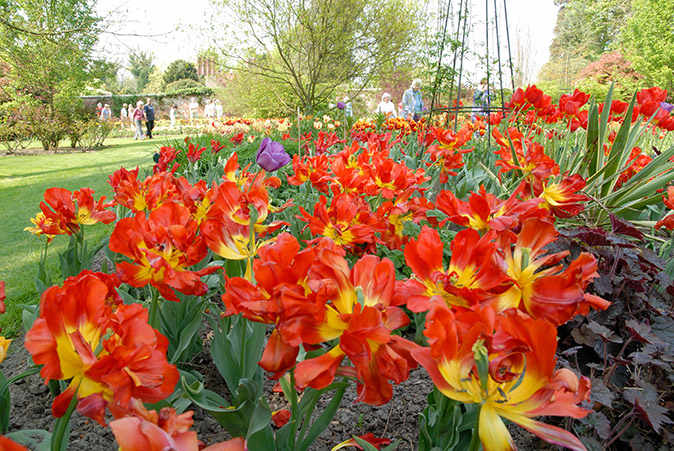
The bulb order is more of a wish list than a precise calculation, although head gardener Keith Boylett and deputy head gardener Zena Chapman are now experienced at estimating the colour quantities required for individual garden compartments.
Mid- to late-flowering varieties are preferred, to coincide with the festival dates. ‘If we get early ones, we plant deep to delay flowering,’ explains Mr Boylett. Mr Sellick laughs: ‘One year, we even planted them upside down, but the resultant stems were ridiclously short!’

Each September Mrs Sellick, the gardeners and a senior member of the Blom family create the tulip colour palette, deciding which elements of colour, pattern and form to combine.
The day before the festival starts, masses of cut tulips are arranged in the Bloms Bulbs marquee, creating serried ranks grouped by colour and variety, for easy comparison.
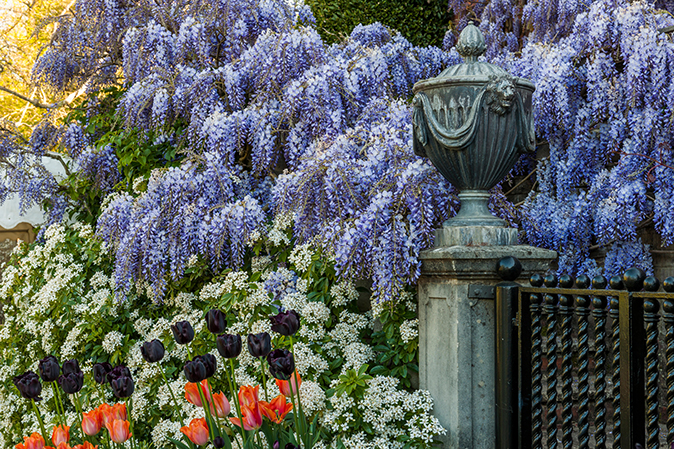
The Hot Garden is a blaze of vibrant red, orange and magenta. Although the season starts with tulips, hot-hued roses (Amber Queen and Autumn Fire) follow, culminating in fiery dahlias (Dutch Carnival and David Howard). They all perform against a dramatic backdrop of claret-leaved Ber-beris ottawensis Purpurea and Cotinus coggygria Royal Purple. Flower-packed, vibrant beds have been cut into the emerald lawns, for green provides the perfect complementary foil for reds on the colour wheel.
In contrast to these bold and spiky borders are the soft, billowing and sensual beds of the listed walled garden, dating from 1720. Here are bouquets of peony-flowered tulip Angelique, their colouring exactly replicating in the flurries of apple blossom around them.
The outer borders sit directly against the faded pink brick of the old walls, where burgundy sprigs of new-season rose foliage provide a foil to the candy-pink tulips Dreamland and Innuendo. Drifts of bluebells have interlaced naturally with Blue Parrot tulips.
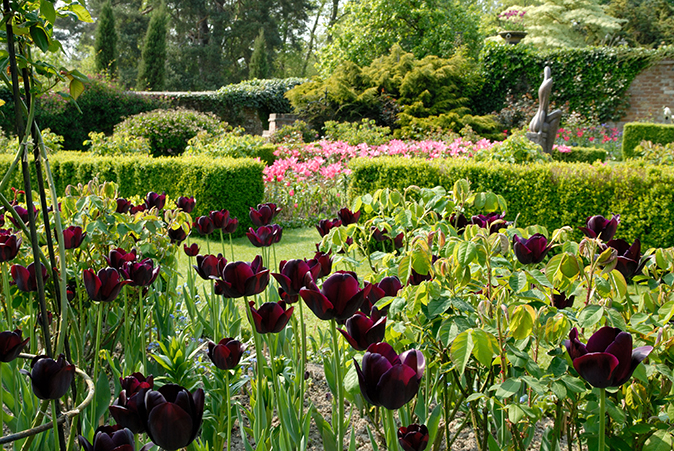
In the potager at the far end of the walled garden, amid mounds of sage-leaved cardoons against rose-brick walls, sit terracotta baskets of Viridiflora tulip China Town. So harmonious is the colouration, they blend, almost unseen, save for the glint of their silver-edged foliage. Pots are also prevalent in the adjacent pool garden, dominated by soft-purple and lilac tulips.
Butting onto the manor’s west side is the pure, white-themed Elizabethan Courtyard, illuminated with a melée of lily-flowered T. White Triumphator, pure white Maureen and multi-headed, ivory-white Weisse Berliner, which drenches the courtyard, unusually, with perfume.
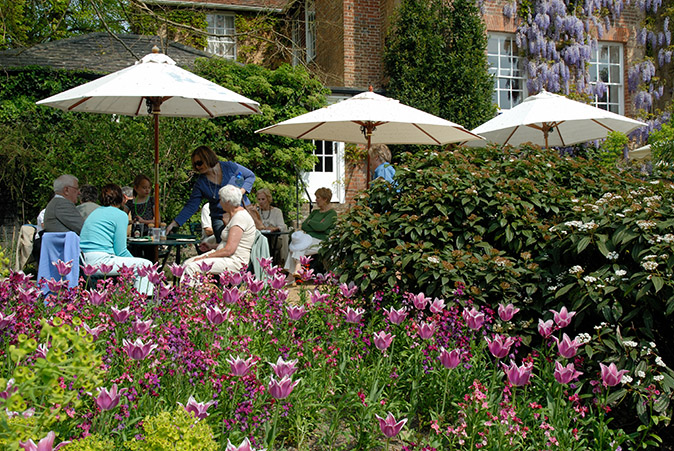
A creamy-white, double-flowered Clematis montana Primrose Star is somewhat eclipsed by the sprawling Wisteria sinensis that’s romped beyond the south-east manor face it engulfs. This is also richly fragranced, besieged by bees and intertwined with sprays of flush-pink Clematis montana Tetrarose.
This undoubtedly steals the show, despite the gregarious efforts of the many more thousands of tulips that decorate lawn borders and walkways beyond the steps of the main terraces.
Pashley Manor’s festival runs from April 24 to May 8, 10am–5pm at Pashley Manor Gardens, Ticehurst, East Sussex – find out more at www.pashleymanorgardens.com

Credit: Alamy
Three gardening myths debunked by the ultimate guide: experience
Three gardening myths debunked by the greatest authority of all: Experience
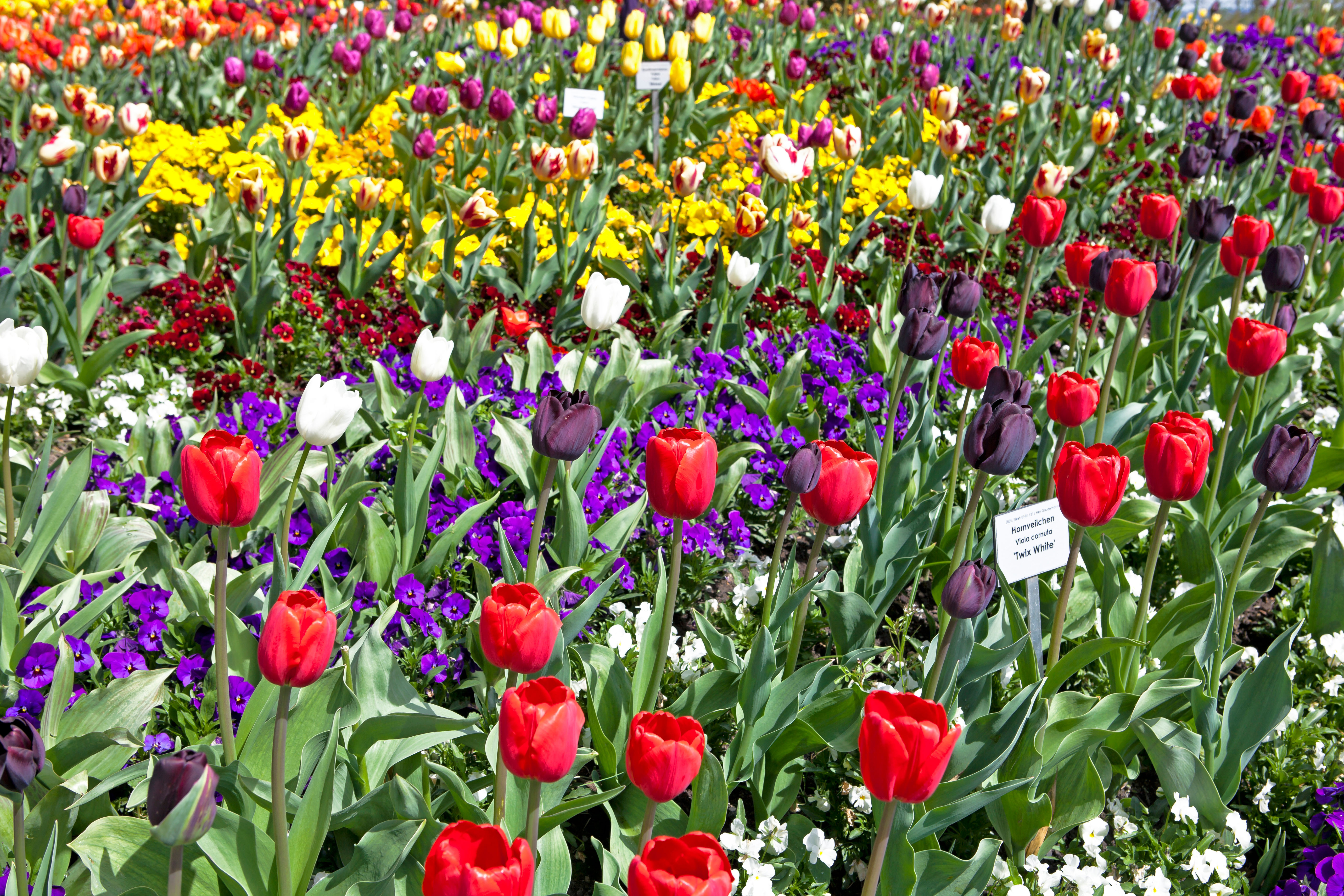
Credit: Alamy Stock Photo
Alan Titchmarsh on bulbs: Why they're my 'firework' plants – sit back and watch them go
Alan Titchmarsh talks about his love of bulbs, which ones not to bother with, and the difference between a gardener

The last bicycle maker in the Midlands: 'Our founder wanted small numbers and high quality. We've stuck rigidly to that.'
Tessa Waugh discovers why the company has stayed faithful to the first designs.

The classic country house designed by Quinlan Terry that comes with its own lake
Redwood is an exceptional Queen Anne style property designed and built by Quinlan & Francis Terry.
Country Life is unlike any other magazine: the only glossy weekly on the newsstand and the only magazine that has been guest-edited by His Majesty The King not once, but twice. It is a celebration of modern rural life and all its diverse joys and pleasures — that was first published in Queen Victoria's Diamond Jubilee year. Our eclectic mixture of witty and informative content — from the most up-to-date property news and commentary and a coveted glimpse inside some of the UK's best houses and gardens, to gardening, the arts and interior design, written by experts in their field — still cannot be found in print or online, anywhere else.
